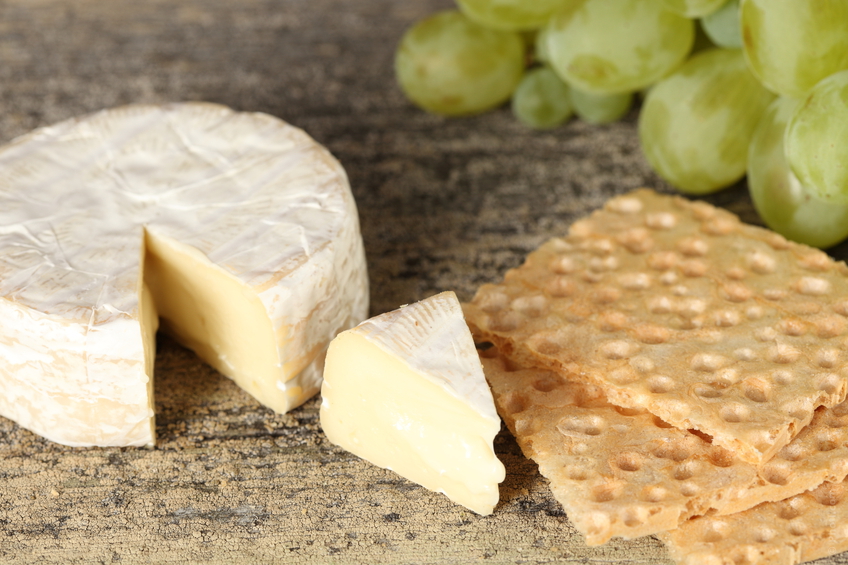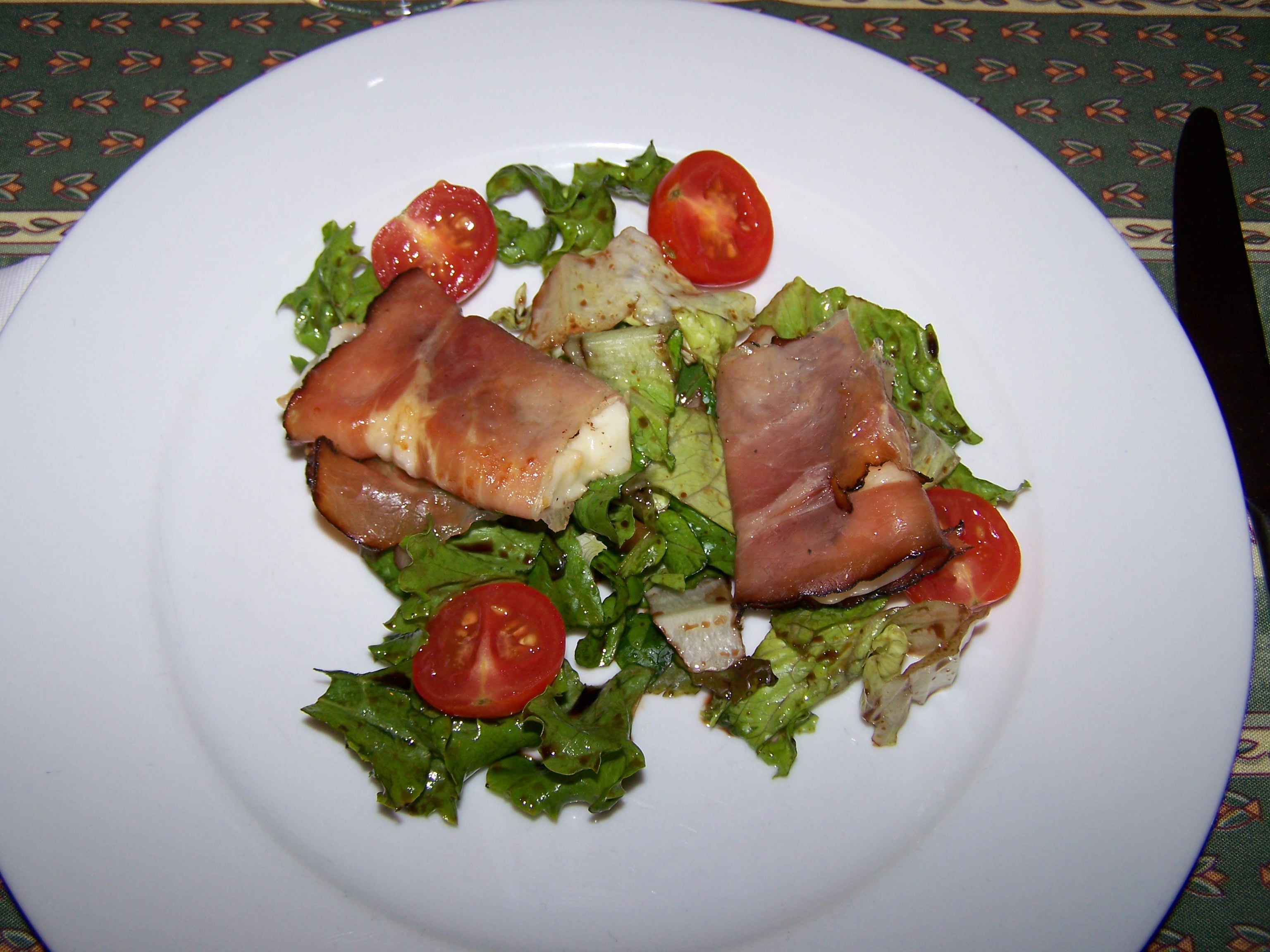Snacks part 2: Best low calorie snacks
Now that we have taken a look at the best low calorie dairy snacks, it’s time to move on to part 2: Best low calorie crunchy snacks. Let’s review the basic criteria for a ‘healthy’ snack? Keep the following in mind when choosing your snacks:
- Offer between 100 and 200 calories
- Are fat-controlled (unless it’s heart-healthy unsaturated fat), providing 0 g trans fats and 3 g saturated fat or less per serving
- Are relatively low in sodium; strive to limit the sodium in your low-calorie snacks to 400 mg or less
- Are nutrient-rich: a good food source of protein, dietary fiber and/or key vitamin and minerals (such as iron, vitamins A, C or calcium)
- Offer a little something extra: are available in calorie-controlled portions, contain no high-fructose corn syrup and little added sugar; are gluten or lactose-free, have added omega-3 fatty acids, etc…
These snacks are all about convenience – they are widely available and take no preparation time/work. Another benefit of these snacks is that they are all healthy for a vegetarian/vegan.
Snacks: Top 3 low-calorie crunchy picks
Crispy snacks: Best pick
- Popcorn, Indiana Sea Salt Chip’ins: ‘Popcorn’ chips are the hottest new snacks in the chip aisle. They are made with simple, all natural ingredients: corn, sunflower oil, and sea salt. They are ‘popped’ instead of baked and have an extra crispy texture. These crunchy snacks are whole-grain based and gluten-free. They come in a variety of other flavors, such as Classic BBQ and White Cheddar. A 1-oz. serving of the Sea Salt Chip’ins provides 120 calories, 2.5 g fat, 0 g saturated/trans fats, 22 g carbohydrates, 2 g protein, 1 g dietary fiber and 230 mg sodium. For an extra nutrition boost, make a homemade salsa for dipping with diced tomato, red onion, jalapeno or Serrano pepper, lime juice, chopped cilantro and a dash of pepper, sea salt and cumin (optional) to taste.
Nutty snacks: Top choice
- Blue Diamond Oven Roasted Almonds: These oven roasted almond snacks come in many flavors, sweet flavors, such as butter toffee and cinnamon brown sugar and savory flavors, such as plain and sea salt. Nuts, in general, make for healthy snacks. A 1-oz. serving of the sea salt oven roasted almonds provides 170 calories, 15 g fat (only 1 g saturated fat), 5 g carbohydrates, 6 g protein, 3 g dietary fiber and 135 mg sodium. In addition to being naturally (nearly) sugar-free, these almond snacks are nutrient-rich. One serving is a good/excellent source of vitamin E, riboflavin (B2), phosphorus, copper, magnesium and manganese.
Protein-rich vegan snacks: Nutrition beyond compare
- Steamed or boiled soybeans (in the pod) with sea salt: this snack only takes a small amount of preparation. You’ll need 1/4 lb. fresh soybeans or 4 ounces frozen (bagged); Kosher or sea salt and rice crackers (these make a nice accompaniment). In a pot of boiling water, add the soybeans and cook until they are bright green (about 5 minutes). Drain and refresh in cold water. Sprinkle with salt and serve with a couple of rice crackers. A 1-cup serving of prepared soybeans (without salt or crackers) provides 189 calories, 8 g fat (only 1 g saturated), 16 g carbohydrates, a whopping 17 g of protein and 8 g dietary fiber (roughly 1/3 of your daily requirement) and 7 mg sodium (naturally occurring). Soybeans are nutrition superstars. In addition to being an excellent source of omega-3 fatty acids, they are high in iron, magnesium, copper, manganese, zinc, potassium, folate, vitamins C, K and others…you can’t go wrong with soybeans as snacks are rarely this naturally nutritious!









